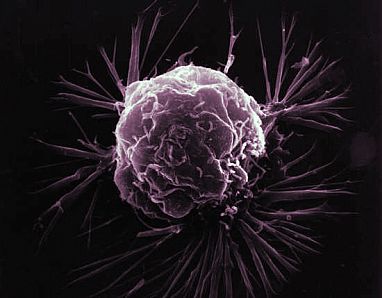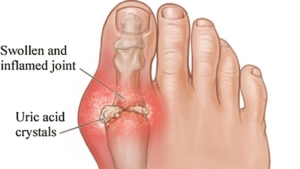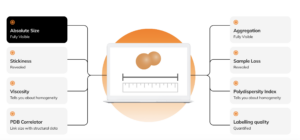
Researchers activate chemotherapeutics by ultrasound
Ultrasound that switches cancer drug on could significantly reduce chemotherapy side effects, German researchers found in preclinical studies.
Chemotherapeutic treatments produce strong side effects. A new drug complex that accumulates in the tumour tissue and is only activated there by ultrasound waves does not have this problem.
Platinum complexes are among the most frequently used drugs against cancer. They are successful, but have severe side effects. An international research team led by Dr. Johannes Karges from the Faculty of Chemistry and Biochemistry at the Ruhr University Bochum has developed a drug complex that accumulates in tumour tissue and is only activated there by ultrasound waves. Its cell-damaging effect thus only unfolds where it is desired. "Where previous studies relied on light activations that can only penetrate a few millimetres deep into the tissue, we have now developed a therapy method with ultrasound activation that penetrates several centimetres deep into the body," says Karges. This could make treatment with few side effects possible even for large and deep-seated tumours. The researchers published their results in the journal Angewandte Chemie International Edition of 24 March 2023.
The platinum(II) complexes cisplatin, oxaliplatin and carboplatin, among others, are among the most commonly used cancer drugs. Their clinical success is offset by severe side effects, such as nausea, vomiting, kidney damage and bone marrow suppression. To overcome these limitations, major research efforts have been invested in the development of so-called platinum(IV) complex prodrugs over the past decades. "These drug precursors are stable and inactive, i.e. completely harmless," explains Johannes Karges. "In healthy tissue, they are supposed to remain so. In cancer tissue, however, they are supposed to be rapidly converted into the therapeutically active platinum(II) complexes."
Energy is needed for the reduction of the metal complex. Previous studies reported activation with ultraviolet, blue or red light. "The problem is that light can only penetrate less than a centimetre deep into the body and thus does not reach many tumours," Johannes Karges explains. To overcome this limitation, his team has for the first time combined platinum(IV) complex prodrugs with sonosensitizers that can be selectively activated with ultrasound irradiation.
To develop a therapeutically effective complex, the researchers encapsulated the platinum(IV) complex prodrugs and sonosensitisers together in haemoglobin to form nanoparticles. "We observed that the nanoparticles selectively accumulated in a mouse intestinal tumour after injection into the bloodstream, supporting targeted treatment," Johannes Karges reports. "After irradiation with ultrasound, the platinum(IV) prodrug was activated at the tumour site, leading to the release of cisplatin, which is toxic to cells, and almost complete eradication of the tumour."
The new findings could pave the way for the development of novel techniques and agents for treating very large or deep-seated tumours. Ultrasound can penetrate more than an order of magnitude deeper into tissue than near-infrared light. In addition, ultrasound treatments are generally considered to be less invasive and easy to use. Another advantage is that clinics are usually already equipped with the necessary equipment. "Our work is still basic research," Johannes Karges emphasises. "Whether and when therapies based on it can be offered in clinical practice is not yet foreseeable."


 John Kiel - wikipedia
John Kiel - wikipedia Sanofi
Sanofi FIDA Biosystems ApS
FIDA Biosystems ApS